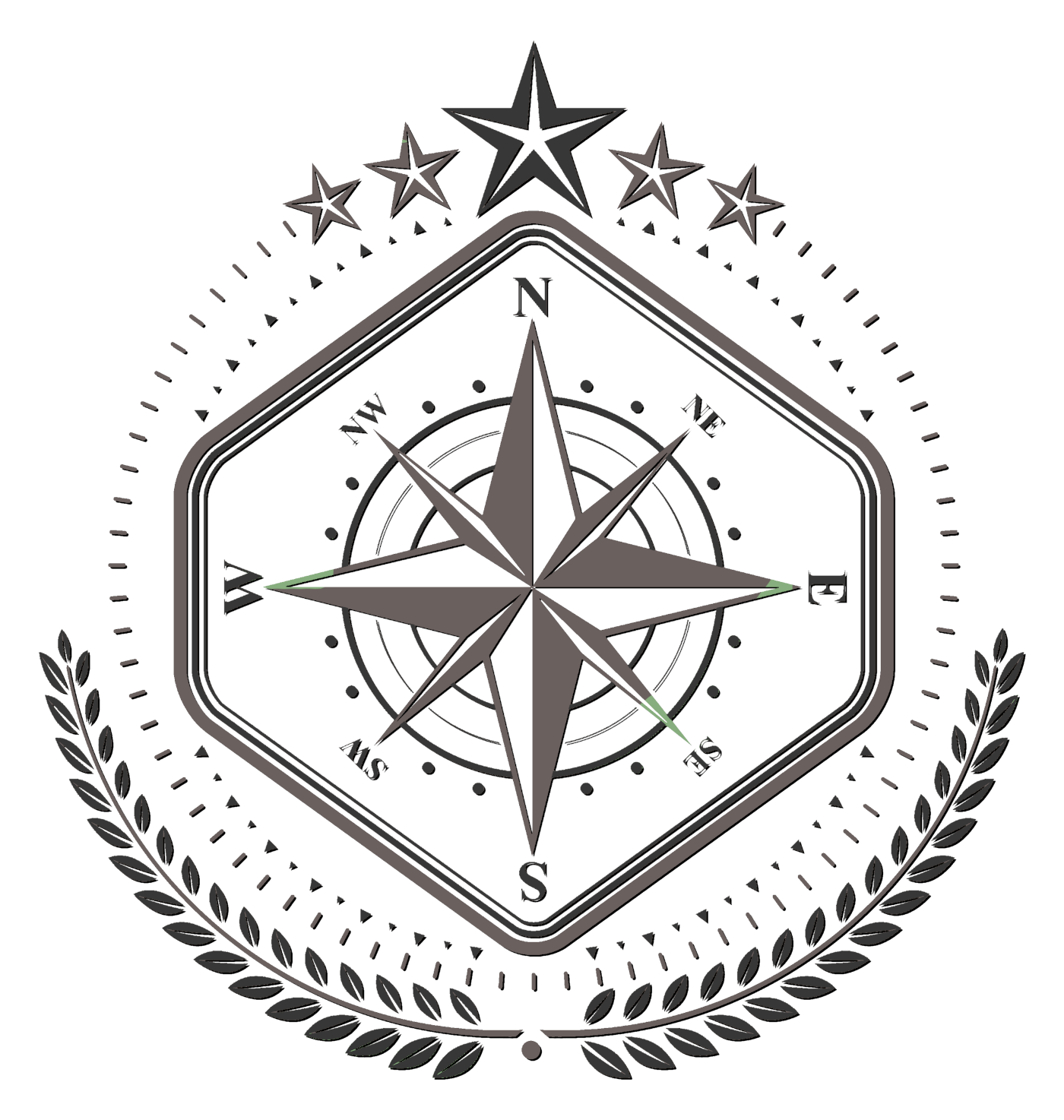I define Crystalpunk as a genre in which the primary source of societal progress originates from energy crystals, crystalline circuitry, and the manipulation of energy stored within or collected by crystals.
Crystal Technology AppliedAs an example I’ll go over the water system of a typical house in Araeth, which is Tira’s primary continent.
Beneath the home is a metallic vault known as the watercore, this is the home’s water source. A large crystal is installed inside the watercore which is charged with water energy, enough to last the average family several years. The pipes in the house emerge out of the watercore and to all the water outputs in the home: faucets, showerheads, hose-spouts and ice-dispensers.
At the base of each pipe which emerges from the watercore there is a second and smaller metallic vault called a heatjoint, which contains a crystal that is charged with fire energy. The pipes pass through the center of the fire crystal and can be heated when the heatjoint is activated.
The watercore is dormant when not in use, meaning there is no energy flowing out of it. In order to activate the watercore there are crystal wires laid throughout the home. There are two switches present at each of the water outputs, one which activates the watercore’s water flow to that specific output, and another which activates the heatjoint and heats the water flowing through the pipe if necessary.
At an ice dispenser there is a freezejoint which freezes the water that flows into it into small blocks of ice.
The crystal wires work just like electricity does, but the energy that flows through them is called basic energy instead of electrical energy. The basic energy used to operate the crystalline technology in any given structure is sourced from another underground vault called the powercore.
This is a short example of how crystalline technology works.
Another good example of crystalline technology is the construction process of a building.
There are three main types of crystals found in Tira, Oritaari, Exotaari, and Younitaari. (See Scrolls and Crystal section in “
The Ashal Arts” for further details.)
Only Exotaari crystals are capable of holding a Growth element charge, which is the driving force of the Arathian construction process.
Exotaari crystals are placed in hollows within Spear Trees and overtime they gain a Growth elemental charge from the rapid growth of the tree which surrounds them. It can take several months to accomplish this, but many crystals can be charged simultaneously, which makes up for the lengthy wait.
Once an Exotaari crystal is fully charged, properly shaped and configured, it is known as a growthcylinder. It’s then placed in the core of a device called a Construction Module, which is designed to harness the energy inside of it.
In order to build a typical house a hole is dug in the shape of the frame. It’s typically 8 feet deep at the least.
At each of the four outermost corners the construction workers place what is known as a Heartanchor. Depending on the quality of the anchor the core is usually pure metal, though sometimes stone or mineral infused stone is used as well. The Heartanchors are coated in varying grades of Heartwood, which is the most responsive known plant material to growth energy.
The construction modules are then hooked up to the Hearthanchors via crystal wire and the growth energy is utilized to cause specific areas of the heartwood to grow. Large pillars can be extruded from the surface of the heartwood by focusing growth energy in a specific place. Say a square 12 inches by 12 inches, one square foot, the wood cells on the Heartwood surface are activated by the growth energy and begin to grow outward like a tree branch, but in a perfectly square 12 inch by 12 inch column. Once the columns are completed the rest of the frame can be extruded from them and bound together.
Different woods can be used in the construction process from this point forward, but being less responsive to growth energy they can significantly prolong the construction process when used. Occasionally the Heartanchors themselves are coated in a different wood greatly extending the duration of the project.
Once the frame is complete the Powercore and the Watercore are installed beneath the home. With each successive stage of construction from this point forward, appliances and crystal wire is installed throughout the home.
If stone work is necessary the construction modules growthcylinder and be replaced with an earthcylinder which will allow the workers to quarry and levitate stone.
Earthcylinders are depleted of energy much faster than growthcylinders are and they are equally as difficult to make, so stonework isn’t very common in most homes. Nonetheless, using this process a very sophisticated appearance can be achieved which rivals the look of the most expensive homes we have in real life.
Societal Structure The societal structure is largely dependent upon the Itaari Arts and whether or not a person can use utilize it. Those who can are usually in the middle-class, able to work in construction, forging, as a mercenary or in other vocations such as archaeology. Those who cannot are usually lower-class, they work farms, raising crops and livestock, hunt, or are travelling merchants. Upper-class are usually those who engage in public service, elected representatives, judicators, or especially skilled practitioners of the Itaari Arts who make a living teaching others.
Lower-classmen often trade out their produce for the services of the middle-classmen, as a matter of fact this is done nearly as often as normal currency is used.
Currency is in fact crystal based, they are called shards and the value of a shard is determined by what material it is made from, Rem are the least valuable and are made from Oritaari crystal, Midia are worth one hundred Rems and are made from Exotaari crystal, and Arda are worth one hundred Midia and are made from Younitaari crystal.
ClothingTypical Arathian clothing is very similar to ours; they have many of the same quirks including cargo-style pants, jackets, and trench-coats. They use leather as a primary material far more often than we do however and are fond of dyes.
Cotton is also a very common material; they are typically used to make v-necks which are the Arathian equivalent of t-shirts.
All in all their clothing is quite similar to modern day dress styles save that they entirely lack jeans.
TravelThe primary mode of travel in Tira is horseback; with the exception of Loukria. Its citizen’s travel on the back of one of the few surviving species of Wyrm, A large predatory raptor of extreme flexibility and agility, they are adept climbers and well suited to the mountainous terrain of their home continent.


